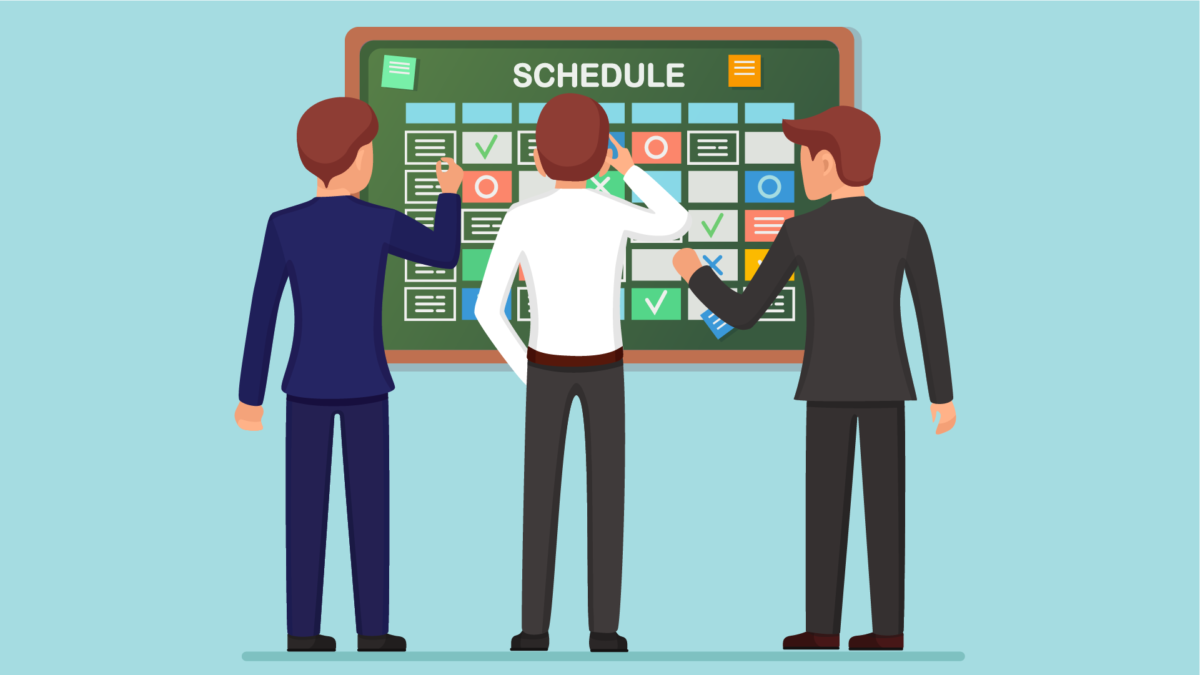Do you ever think about how professionals plan their scrum meetings? Everyone know how challenging this planning and plotting thing is. So how easily do they manage and you don’t?
Let’s get an answer to this.
Have you ever heard of iteration planning?
This article will address the statements that are true about iteration planning. But before moving on to that, let’s know what iteration planning is.
In this event, all team associates select how much of the Team Backlog they can devote to offer during a forthcoming Iteration. The unit recapitulates the assignment as a batch of reserved Iteration Objectives. This way team gets feedback from the system demo and the other teams they work with. This makes a commitment by the team to achieve their following goal.
It thoroughly strives to systematise the work and represent a naturalistic scope for the iteration. The iteration backlog and projects are established on the team’s capability and permit the review of each story’s intricacy, extent, and dependencies on different stories and groups. At the end of the planning scenario, the groups earmark all the iteration’s goals and plus modify stories as essential to gain the enormous intent. In retrieval, management does not intrude or alter the iteration’s scope, permitting the team to stay concentrated.
In all and all, A team functioning iteratively thus can integrate the wisdom acquired from a concluded iteration into the following iteration’s planning. However, the objective stays to stick to the across-the-board timetable, and managing for iterative processes is usually accomplished by inspecting the project’s progress.
The true statements of iteration planning are:
A) It is required for every iteration to facilitate rapid understanding processes.
B) It is only mandated for every third iteration
C) It is instructed for feature teams but may not be needed for characteristic groups that have no reliances on other groups
D) It is not instructed for teams that invariably encounter their PI Goals
Inputs of Iteration Planning:
- Group and Program PI Goals originated during PI planning.
- In the team’s PI schedule, there is a checklist of stories that have been recognized during PI planning and have been prospectively allocated to iterations.
- Feedback from the system demo.
- Any stories that did not reach completion (e.g., did not meet the ‘definition of done) in the previous iteration should be incorporated in the feedback.
- Additionally, other stories have emerged from local contexts, including articles such as faults and Refactorings and new stories that have appeared since the planning session to sustain Segment delivery.
Steps of Iteration Planning:
1) Inputs to the iteration planning – These are nothing but the duties that the team can achieve in the single iteration that’s a single sprint. This is scheduled utilising the user reports, during the scheduling and sequencing of the user reports and taking into performance the earlier projects or the historical averages, from lessons learned from previous projects, taking into account any comparative assignments conducted earlier and by studying any other matching team in the other assignments. One other necessary parameter is the system demo accomplished before the beginning of the assignment.
2) Planning the iteration – This is done when the creation owner sets the schedule increments and then splits the conditions into user stories for the aids to work on.
3) Capacity estimation – It is nothing but computing the duration needed by the resources, such as speed and story implies measures. For example, if a sprint is said to be for one week and then there are four developers, three testers, and 1 Outcome owner, then the speed is calculated as 5 * 8, that is 40 story ends estimation per iteration and so on.
4) Story Analysis and estimation – This is done by the product owner when each user story and epics are created in the product backlog leaning on the complexness,how prolonged it will take to achieve, test, extent, the criteria for approval , challenges that are technical, and delay. This also reached the Behavior-Driven Development of the assignments in Scrum.
5) User stories – This is nothing but making the individual tasks from the user’s stories for the resources to work on and finalise the assignments in a sprint backlog and planning multiple better iterations if needed.
6) Iteration goals – The subsequent stage is completing the iteration goals to create a product component. The iteration goals will accomplish specific customer requirements in an iteration.
7) Finally committing to the iteration goals – Once the objectives of the single iteration are established and performed upon, then executing the iteration goals are the last stages in the iteration planning steps.



